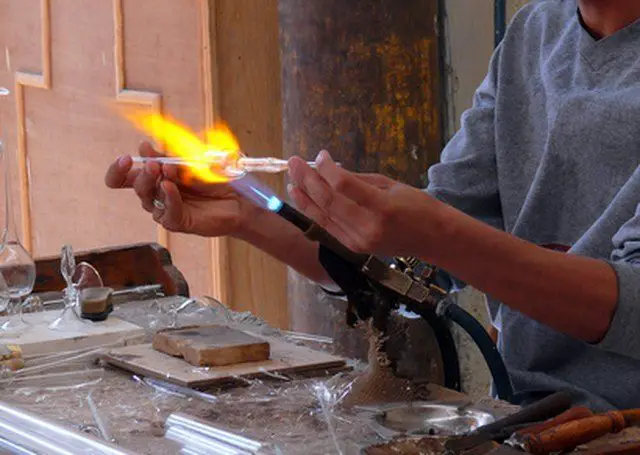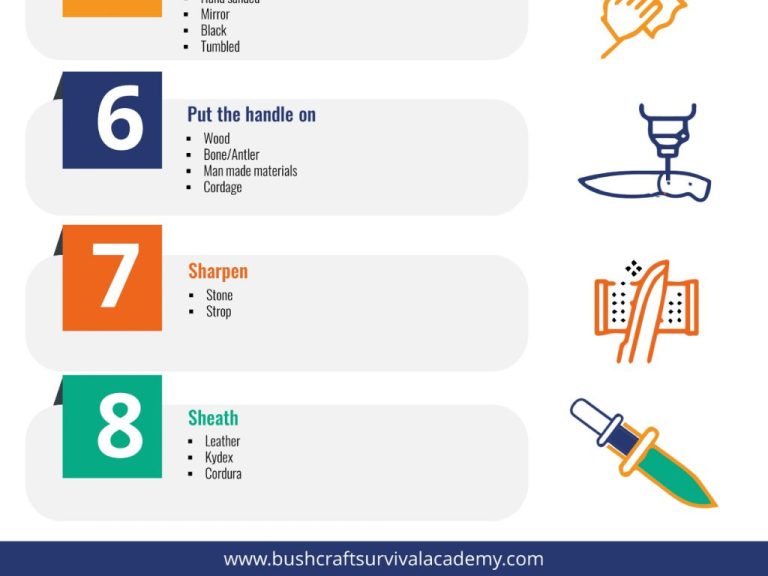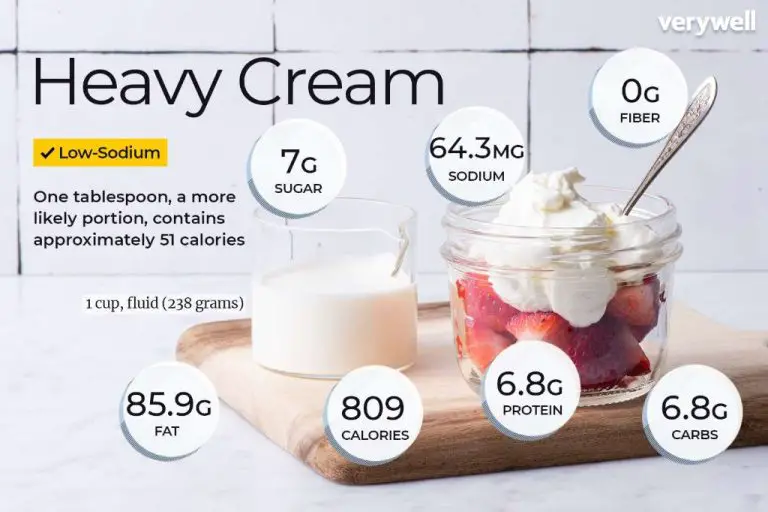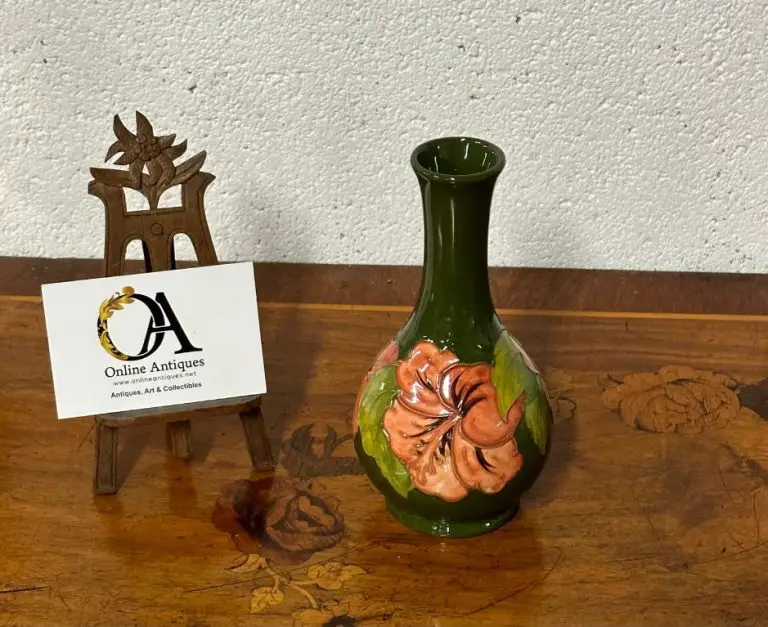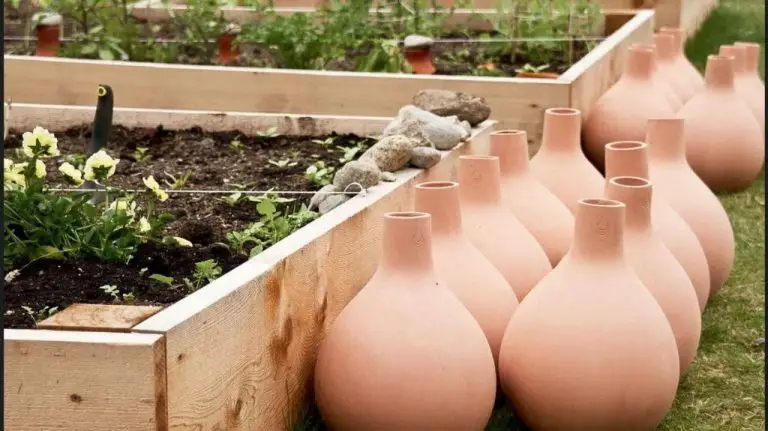How Hot Can A 120V Kiln Get?
A kiln is a type of oven used for firing various materials such as clay, ceramics, and glass to create pottery, tiles, and other items. The purpose of a kiln is to expose the material to very high temperatures, which cause it to harden, cure, or change chemically. Firing materials in a kiln allows artisans and manufacturers to precisely control the high temperatures needed for these reactions.
While traditional kilns used combustion inside an insulated brick chamber to produce heat, most modern kilns use electricity for heating elements. Electric kilns allow more precise temperature control and are easier to operate compared to traditional wood or gas-fired kilns. But the basic function remains the same – to heat materials to high temperatures inside an insulated, temperature-controlled environment.
Maximum Temperature Capabilities
Typically 120V kilns max out at around 2,300°F (cone 6), whereas 240V kilns can easily reach 2,400°F (cone 10). This is because 120V power generally limits the total wattage that can be pulled safely, which in turn limits how hot the kiln can get.
Most 120V kilns top out in the 1,800-2,300°F range. Reaching these high temperatures requires proper kiln construction and heating elements. Well-insulated kilns with high watt density elements can hit 2,300°F on a standard 120V circuit. Thinner-walled kilns or those with lower watt density elements may max out under 2,000°F.
In comparison, 240V kilns have access to more power on a typical circuit. This allows them to utilize more robust heating elements that can generate higher temperatures. Most 240V kilns easily reach 2,400°F or hotter, with high-end models capable of exceeding 2,600°F. The extra power enables faster heating rates as well.
So while 120V kilns can reach high temps needed for most applications, 240V provides greater power and flexibility if extremely high temperatures are needed. Proper kiln construction and elements are key to maximize temperatures on a 120V circuit.
Kiln Construction
The maximum temperature a kiln can reach is highly dependent on how it is constructed. Kilns designed for reaching higher temperatures will have thicker insulation, denser and more durable refractory bricks, and heavier-gauge steel or cast iron casing. The thickness and quality of the insulation play a key role, as this prevents heat loss. Kilns with 2-3 inches of rigid insulation or 6-8 inches of ceramic fiber blanket insulation can reach much higher temperatures compared to a thinner single brick wall.
The types of firebricks used are also important. Firebricks rated for temperatures up to 2300°F or higher are needed to withstand the intense heat. Lower rated bricks could crack or crumble. Using high alumina content bricks enhances heat storage. The casing material must also be durable. A 14 gauge steel shell performs better than thinner steel. Heavier steel or cast iron prevents warping.
Proper construction allows a 120V kiln to reach temperatures between 1800-2300°F for extended periods of time. A kiln lacking sufficient insulation or using subpar materials will be limited to lower peak temperatures under 1500°F with greater heat loss.
Insulation
The insulation in a kiln plays a critical role in allowing it to reach high temperatures. Insulation acts as a barrier to retain heat inside the kiln chamber and prevent it from escaping. Good insulation enables a kiln to reach its maximum temperature capabilities.
Most kilns use fiber blanket insulation made of ceramic fibers or firebricks as insulation. Ceramic fiber blankets can withstand temperatures up to 2300°F while firebricks are rated for about 3000°F (according to Refractory Materials for Furnaces and Kilns). The thickness of the insulation also affects performance – thicker insulation retains more heat. Typical insulation thickness ranges from 2 to 6 inches.
With proper insulation, a 120V kiln can reach temperatures between 1000-2200°F depending on its size and heating elements (according to Guide to Kiln Temperature Ranges for Pottery). The insulation prevents excessive heat loss so the elements can heat up the internal chamber to the target high temperatures for firing clay, glass, or other materials.
Heating Elements
The maximum temperature a 120V kiln can reach largely depends on the heating elements inside the kiln. Kiln heating elements are usually made of materials like Kanthal that can withstand very high temperatures (Kiln Elements I). Kanthal elements are typically rated to temperatures up to around 2460°F, which is sufficient for most ceramic firing applications (Kiln Elements I). The heating elements will begin to soften and degrade if continuously heated above around 1700°F (Top 5 Ways to Extend the Life of your Kiln Elements). So the maximum temperature capability of a 120V kiln is ultimately limited by the ratings of the heating elements, usually topping out around 2300-2460°F in practice.
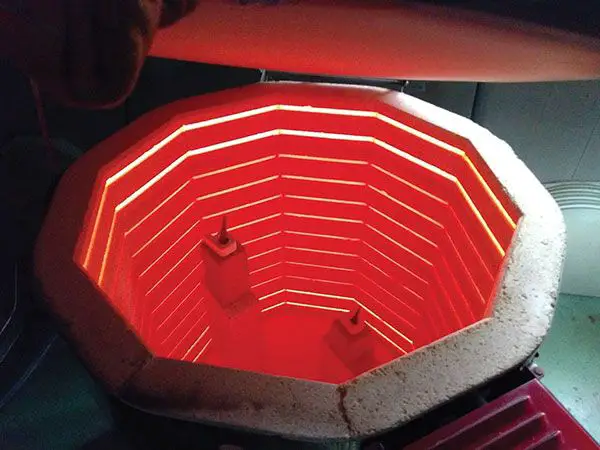
Kiln Use
The maximum temperature needed for a kiln depends heavily on its intended use. Kilns are used for a variety of purposes including pottery, glassmaking, jewelry making, metal annealing, and more. Each application requires different temperature ranges.
For example, a pottery kiln used for bisque firing greenware generally only needs to reach temperatures between 1550-2100°F. However, a kiln used for firing glazes, porcelain, or stoneware may need to reach 2300-2400°F for high-fire glazes. A glass slumping or fusing kiln, on the other hand, often only needs to reach 1400-1500°F.
Metal annealing kilns are usually the lowest temperature, with some jewelry kilns needing just 1300-1400°F. Copper enameling kilns require approximately 1400-1600°F. Meanwhile, a kiln for heat treating tool steel may need to reach 1900-2000°F.
The 120V voltage limits most small hobby or craft kilns to a maximum temperature of approximately 2300°F. For applications requiring hotter temperatures, a 240V kiln is usually recommended. Consulting the intended use for the kiln is essential in determining the maximum temperature capabilities needed.
Safety Concerns
Reaching the highest possible temperatures in a 120V kiln can introduce some safety hazards that operators should be aware of. At extreme temperatures, the elements and inner chamber of the kiln can pose risks of burns or electric shock (Kiln Safety Tips | How to Fire Safely and Effectively).
The high heat can potentially damage the kiln’s wiring and elements over time. It’s recommended to routinely check the kiln for any damaged components and replace as needed. The inner bricks and insulation can also deteriorate and require replacement when firing at max temperature repeatedly (Cautions | Hot Kilns).
Proper protective equipment like fireproof gloves, aprons, and glasses should always be worn when operating the kiln at any temperature. Never touch the interior or elements when hot, and allow sufficient time for cooling before accessing the interior. Have a fire extinguisher nearby in case of unexpected fires or mishaps.
Carefully monitor the kiln during lengthy high-temperature firings to ensure no issues arise. Avoid leaving the kiln unattended if possible. Position the kiln in a well-ventilated area away from flammable materials. Only fire stable, high-fire clays and glazes meant to withstand high temperatures.
Following the manufacturer’s recommendations for firing limits, maintenance, and safety precautions is highly advised when firing at max temperature in a 120V kiln (Kiln Safety – Kilns | Ceramic Pottery Kiln, Glass …).
Recommendations
When trying to achieve the maximum temperature in a 120V kiln, here are some recommendations:
Use a kiln designed for reaching higher temperatures. Look for a kiln rated for cone 10 firing, which can reach 2350°F (1290°C). Smaller 120V kilns may only go up to cone 6 temperatures around 2200°F (1204°C) (Kiln Frog).
Add extra insulation like ceramic fiber blanket to help hold in heat. Make sure the kiln lid has a tight seal as well. Good insulation will make firing more efficient.
Use the correct gauge and highest grade heating elements designed for high fire. Elements that are too thin or poor quality can fail at very high temperatures.
Fire on high or medium speed for an even heat distribution. Rapid firing can cause uneven hot and cold spots.
Allow extra time for pieces to fully mature at the peak temperature. Dense clays and glazes may need a “soak” time of up to an hour at the maximum heat.
Test fire the kiln empty first to ensure it can reach the expected temperature. Verify with multiple thermocouples placed throughout the kiln.
Consider a 240V kiln if maximum heat is consistently required. The increased voltage allows elements to get hotter and can better support cone 9-10 firings up to 2350°F (1290°C).
Limitations
There are some key limitations to consider when using a 120V kiln versus a 240V kiln, particularly when firing at high temperatures. 120V kilns are generally limited to a maximum temperature of around 2200°F or 1200°C, whereas 240V kilns can reach temperatures of over 2300°F or 1260°C.
This temperature difference is due to the lower wattage capacity of 120V circuits. Most residential circuits are limited to around 1920-2100 watts on a 120V, 20 amp circuit. In contrast, a 240V kiln can draw significantly more watts on a higher amp circuit, allowing it to generate more heat. According to Big Ceramic Store, a 240V kiln with a 50 amp circuit can reach up to 12,000 watts, compared to just 2400 watts on a 120V/20 amp circuit.
For high-fire applications like stoneware and porcelain, the extra temperature capacity of a 240V kiln is often necessary. As noted on WarmGlass.com, some glazes and clays require temperatures of 2300°F or higher to fully mature. A 120V kiln may struggle to reach these temperatures consistently, especially for larger loads. The lower heat capacity can also result in slower heat-up times.
While 120V kilns work well for most low and mid-range firing, the physical limits of standard 120V household current makes firing above 2200°F impractical. For studios and large-scale production, a 240V kiln is recommended to provide the power necessary for high-fire applications.
[1] 120v versus 240v kiln – WarmGlass.com
[2] Information on Kiln Power and Voltage | Big Ceramic Store
Conclusion
In summary, 120V kilns are typically capable of reaching maximum temperatures between 1800-2300°F. This high heat capability is due to sturdy stainless steel or firebrick construction, thick ceramic fiber or firebrick insulation, and high watt density heating elements. With proper use and safety precautions, 120V kilns can fire most clays and glazes used in ceramic arts and crafts. However, their temperature limitations make them unsuitable for some high-fire applications like porcelain or sculptural work requiring over cone 10. For those projects, a 240V kiln may be a better option. Overall, 120V kilns are an excellent choice for small-scale ceramic work firing up to cone 6.

